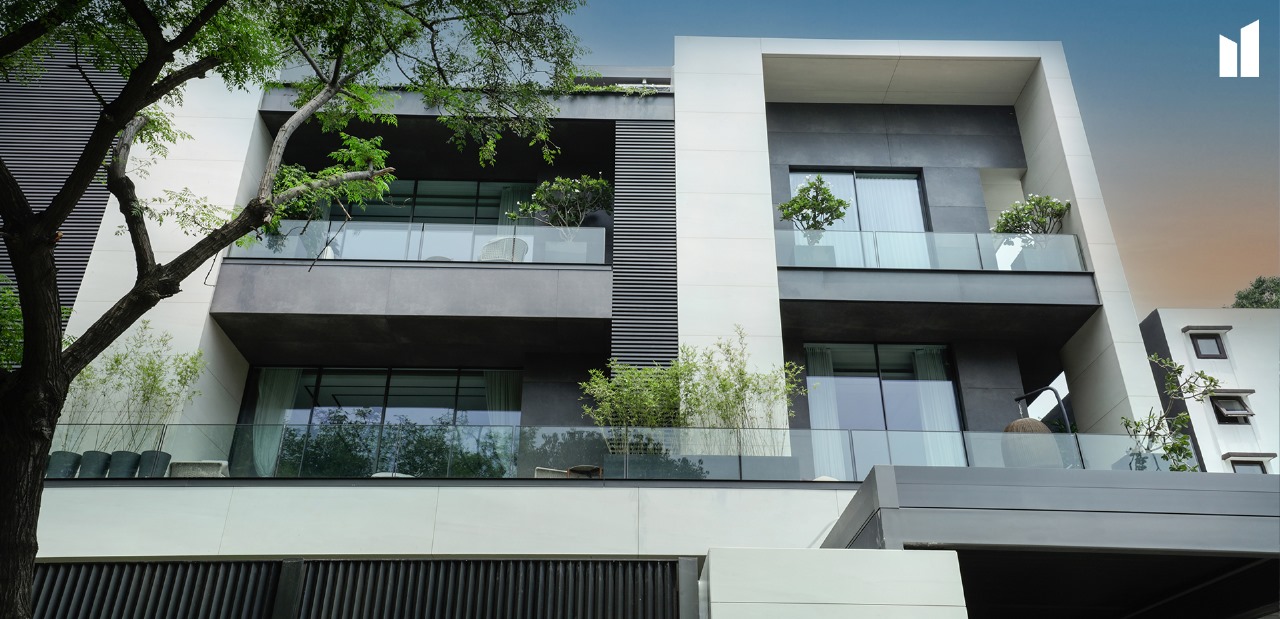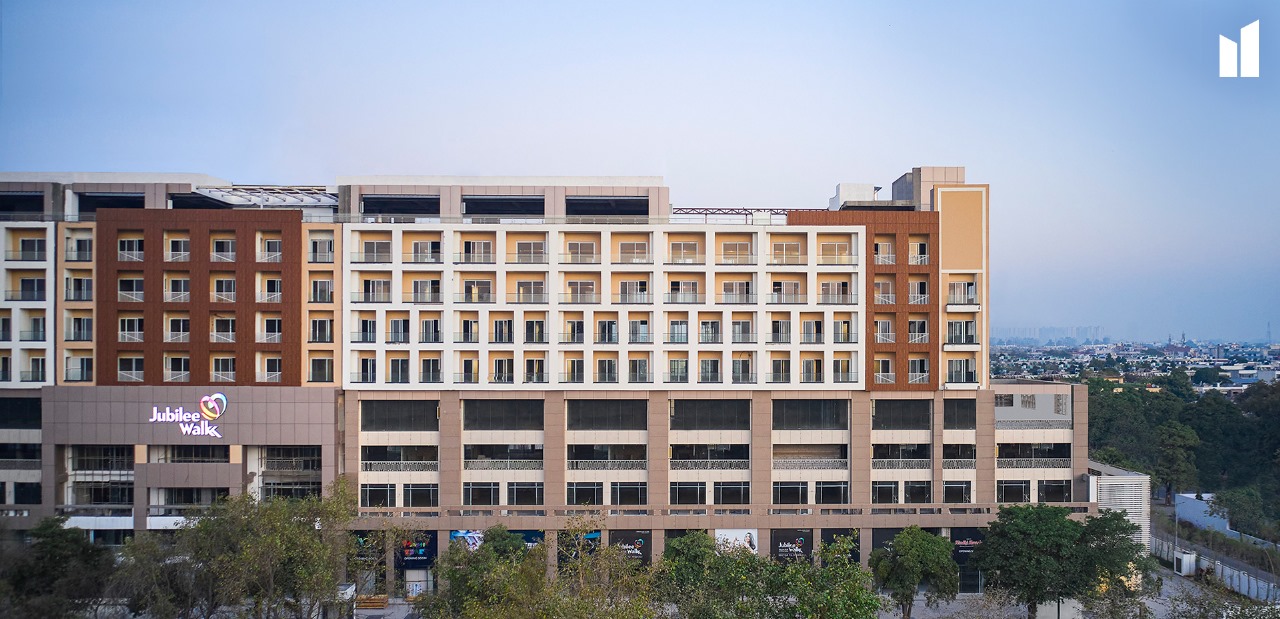What advanced options exist as alternatives to exterior paint?
For generations, exterior house painting has been popular, providing a spectrum of colors to adorn our homes. However, the downsides of this age-old choice have become increasingly apparent. Harsh weather conditions can strip away the vibrancy, leaving behind a faded and lackluster facade. The battle against peeling, cracking, and the need for frequent touch-ups paints a less-than-ideal picture of the long-term viability of exterior paint. Thus, with these and more drawbacks associated with conventional paint, it’s time to switch to advanced alternatives that redefine the standards of durability, innovation, and aesthetic appeal.

For generations, exterior house painting has been popular, providing a spectrum of colors to adorn our homes. However, the downsides of this age-old choice have become increasingly apparent. Harsh weather conditions can strip away the vibrancy, leaving behind a faded and lackluster facade. The battle against peeling, cracking, and the need for frequent touch-ups paints a less-than-ideal picture of the long-term viability of exterior paint. Thus, with these and more drawbacks associated with conventional paint, it’s time to switch to advanced alternatives that redefine the standards of durability, innovation, and aesthetic appeal.
In recognizing these limitations, homeowners, architects, and designers are turning their attention to a new wave of advanced exterior paint alternatives that transcend the constraints of paint, offering durability, innovation, and a refreshed aesthetic appeal.
Drawbacks of traditional paint
While exterior house painting has been a longstanding choice for exterior surfaces, it carries inherent drawbacks that have spurred the exploration of alternative solutions.
- Color fading: Traditional exterior home painting is susceptible to the effects of weathering, with prolonged exposure to sunlight causing colors to fade over time. This diminishes the aesthetic appeal and necessitates frequent repainting to maintain the desired look.
- Peeling and cracking: One of the most common issues with traditional paint is the propensity to peel and crack. This can occur due to temperature fluctuations, moisture infiltration, or simply the natural aging of the paint.
- Limited color palette: Traditional paint offers a finite color palette, restricting design possibilities. The standard color choices may not align with evolving architectural preferences, leading to a desire for more diverse and customizable options.
- Environmental impact: Traditional paints’ production, use, and disposal contribute to environmental concerns. Volatile organic compounds (VOCs) released during application can adversely affect indoor air quality, and the disposal of paint cans adds to landfill waste.
- Maintenance demands: Regular maintenance, including scraping, priming, and repainting, is necessary to combat the effects of weather and wear. This demands a significant investment of time and resources, making traditional home painting a less efficient and sustainable choice in the long run.
Modern exterior paint alternatives
These alternatives, characterized by enhanced durability, extended lifespan, and diverse aesthetic options, represent a paradigm shift in how we approach exterior design.
- Stonelam Porcelain Slabs
Stonelam stands out as the leading exterior paint alternative that combines the timeless elegance of natural stone with the practical benefits of advanced technology. This composite material boasts exceptional durability, lightweight properties, and the ability to replicate the authentic look of various natural stones. Stonelam addresses traditional paint’s fading and peeling issues, offering a long-lasting and visually stunning facade. Its eco-friendly manufacturing process, utilizing recycled materials, aligns with sustainability goals. With surface finishes ranging from polished to textured, Stonelam provides a versatile and sophisticated exterior design.
- Aluminum Composite Panels (ACP)
ACP is a sandwich panel comprising two aluminum layers sandwiching a polyethylene core. Known for its sleek appearance, ACP offers a contemporary and streamlined look for exterior surfaces. ACP’s lightweight nature, corrosion resistance, and design versatility make it a compelling alternative to traditional paint. It requires minimal maintenance, retains its color vibrancy, and is resistant to weathering, making it an ideal choice for modern architectural expressions.
- High-Pressure Laminate (HPL)
HPL is made by layering resin-soaked kraft paper under high pressure and temperature. It is known for its durability, impact resistance, and a wide range of color and pattern options. HPL provides a durable and weather-resistant solution that surpasses the challenges of traditional paint. Its resistance to fading, cracking, and environmental stressors makes it an excellent choice for both residential and commercial exteriors. The versatility in design allows for creative expression while ensuring long-term visual appeal.
- Fiber Cement Siding
Fiber cement siding is a composite material made from cement, sand, and cellulose fibers. It mimics the appearance of wood, brick, or stucco, providing diverse design possibilities. Fiber cement siding offers exceptional durability, resistance to termites and rot, and low maintenance. It is also fire-resistant and can withstand various weather conditions, making it a robust and long-lasting choice for exterior cladding.
- Natural Wood Cladding
Natural wood cladding utilizes sustainably sourced wood to create a warm and organic exterior finish. It can include various wood species, each imparting its unique grain and color. Natural wood cladding provides a timeless and natural aesthetic. While it requires regular maintenance, the weathering process can enhance its character over time. With proper treatment, it offers durability and a connection to nature.
- Glass Reinforced Concrete (GRC)
GRC is a composite material made of cement, fine aggregates, glass fibers, and other additives. It can be molded into various shapes and textures, providing a lightweight yet durable solution. GRC offers the aesthetic appeal of concrete without weight, making it suitable for residential and commercial exteriors. It is resistant to weathering and cracking and can be molded into intricate designs for a unique facade.
Stonelam: The Best of All Worlds
Stonelam emerges as a frontrunner among modern exterior materials by seamlessly blending the timeless allure of natural stone with cutting-edge technology. Crafted through a meticulous process, it combines layers of natural elements stiffened with high pressure at a particular temperature, resulting in a material that boasts the authentic stone aesthetic while offering practical benefits. Stoneham is available in diverse finishes, from polished marble to textured granite, providing a versatile canvas for architectural expression.
The superiority of Stonelam lies in its ability to address the shortcomings of traditional paint and other materials. It stands resilient against the passage of time, resisting fading, peeling, and the impact of weathering. The material’s lightweight nature facilitates easy installation, reducing the load on structures while enhancing design flexibility. Using recycled materials, Stonelam’s eco-friendly manufacturing process aligns with sustainability goals, making it a responsible choice for environmentally-conscious projects.
Stonelam’s versatility shines through in its applications across various architectural styles. From sleek and modern facades to classic and traditional designs, Stonelam adapts effortlessly, becoming a canvas for creative expression. Stonelam’s ability to mimic the appearance of various natural stones ensures a timeless and sophisticated visual appeal. Whether adorning the exterior of urban high-rises or gracing the facades of suburban homes, Stonelam adapts to diverse settings, providing an enduring and elegant finish.






